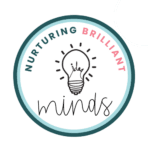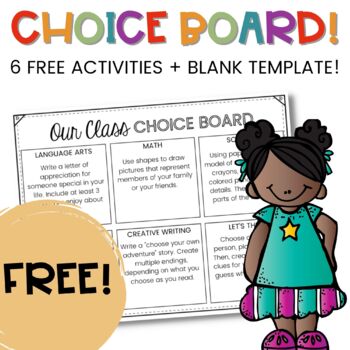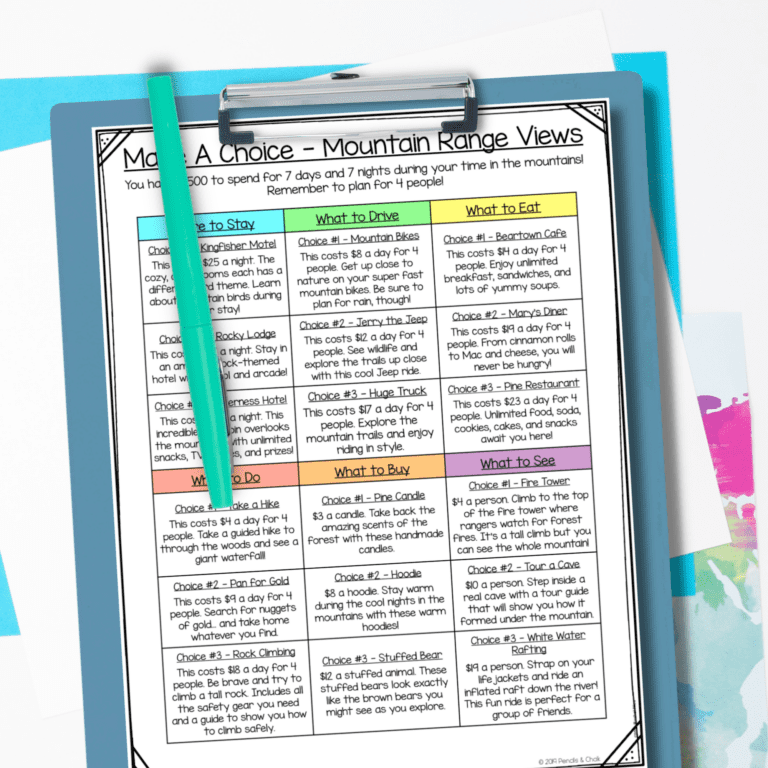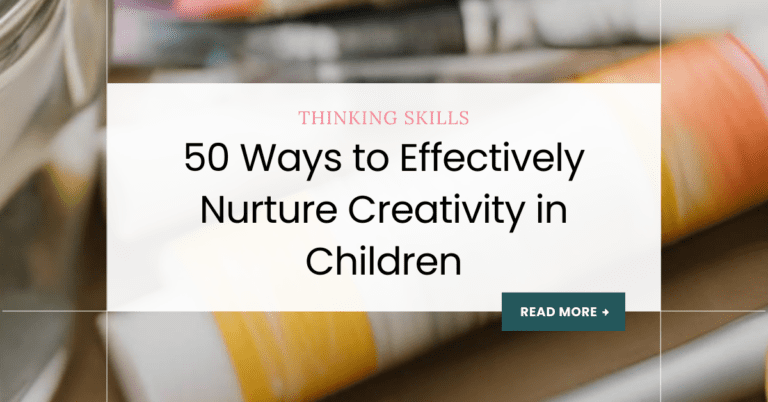If you’re looking for more differentiated instruction strategies that you can use in your elementary classroom, you’re in the right place!
Differentiated instruction can feel super overwhelming when you already have a million other things to juggle during your school day.
So, here are easy-to-implement differentiated instruction strategies that you can use TODAY!
Table of Contents
What Is Differentiated Instruction?
Differentiated instruction means that we change the what, where, when, or how students practice new skills or learn new information.
Most kids have strengths or weaknesses (or both!) that need to be accommodated for in order for them to truly get a good education.
The good news is that adding differentiated instruction strategies into your elementary classroom can be stress-free, simple, and even FUN!
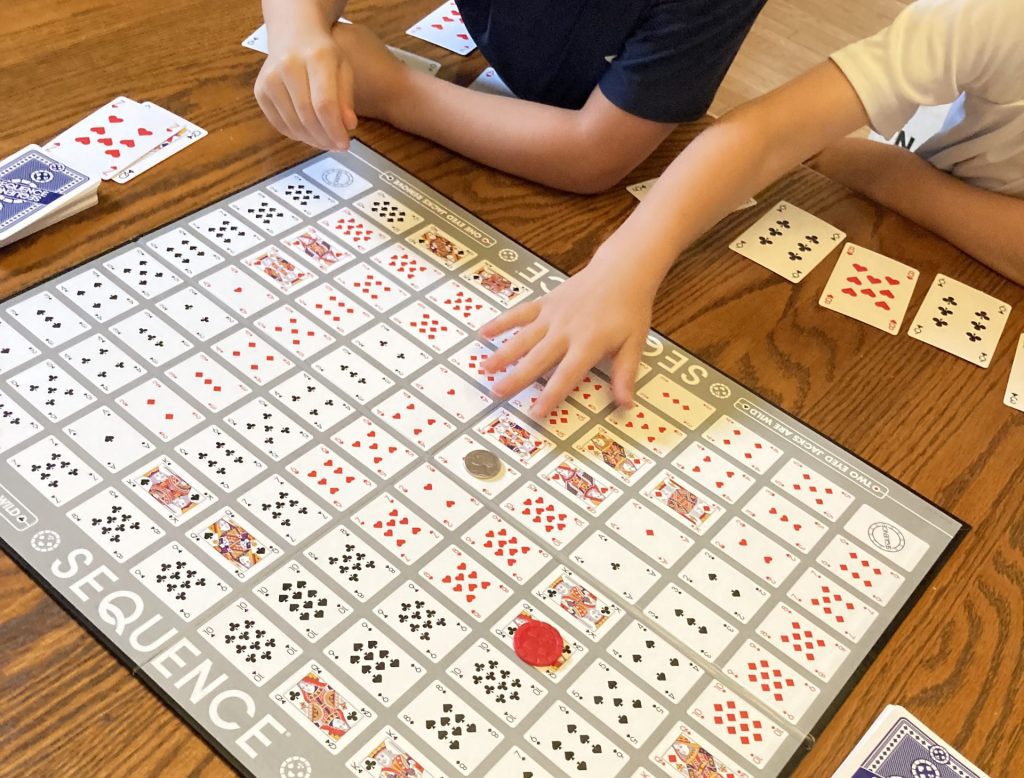
4 Types of Differentiated Instruction Strategies
Differentiation simply means providing instruction and learning materials that allow students the opportunity to express their knowledge in multiple ways.
There are 4 main ways you can choose to incorporate more DI into your instruction:
- Content
- Product
- Process
- Environment
Let’s break these down a bit…
CONTENT
Yes, you need to teach the same content and standards to your whole class. However, incorporating differentiation into how you present your content allows you to change the methods your students use to gain knowledge, understanding, or skills.
This might look like…
- Allowing students to use audio books, rather than print books.
- Giving them independent study options so they can choose their own topics.
- Interest-based learning opportunities.
- Providing manipulatives for math and encouraging their use.
- Providing visual, auditory, or kinesthetic elements for what you are studying as a class.
Here is an example of differentiated worksheets for vocabulary from my Magic Tree House book companions. One sheet uses pictures and one uses the written words:
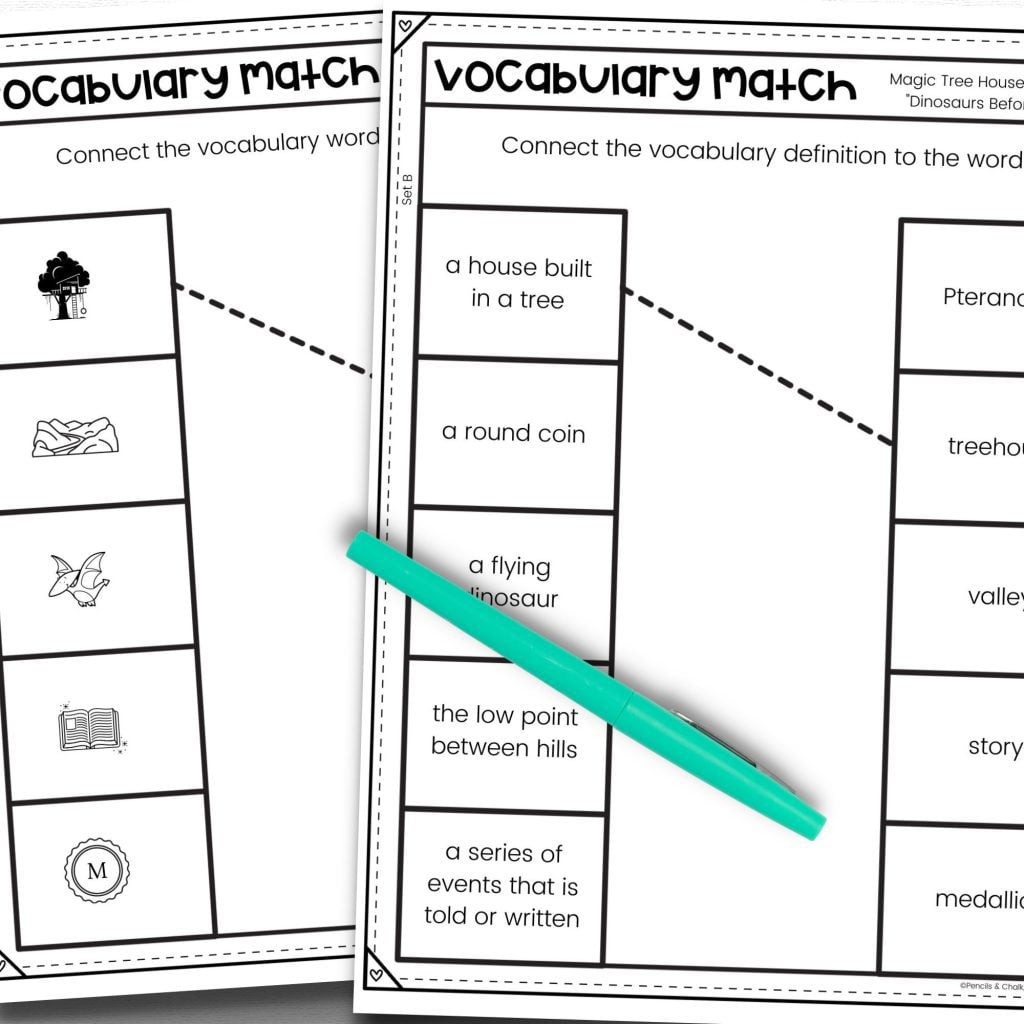
PRODUCT
Differentiation by product means allowing students to express their knowledge in a wide variety of ways. While various assessments or projects may be required, giving your students the chance to “show what they know” in multiple ways gives you valuable insight!
This might look like…
- Modifying worksheets or using leveled worksheets for assignments.
- Allowing students to draw their answers.
- Allowing students to type instead of write.
- Providing opportunities for oral answers.
- Choice boards for enrichment or for homework assignments.
Be sure to grab my FREE choice boards here!
PROCESS
This form of differentiated instruction is probably the hardest to implement, but it can be the most powerful!
“Process” means how students synthesize their learning and how they are literally processing the information given to them.
This might look like…
- Using the “think-pair-share” model.
- Allowing time for students to ask questions and engage with the material.
- Working in flexible groups based on ability, with fast finishers having the chance to move on, and slower students having more teacher support.
- Providing various modes of learning (ex. playing computer games for math practice, rather than worksheets).
ENVIRONMENT
A differentiated classroom does not need to be fancy or full of “stuff.” Rather, it’s built upon an environment of respect for the teacher, other students, and self.
Students know that their unique learning needs are valued, and they value their classmates’ needs as well. Therefore, they will be more attuned to each other and better learners!
Supporting students’ emotional needs is key to them feeling safe enough to push through tough assignments, work together as a group, and feeling heard.
This might look like…
- Tuning into your students’ needs as regularly as possible. Learn about their home life and see where their behavior may be coming from a place of emotional neediness.
- Allowing artistic or personal expression whenever possible.
- Giving students more autonomy and ownership of their learning (ex. choice boards, formative assessments, and self assessments).
- Cultivating respect and kindness towards others, regardless of their ability level.
- Ensuring that your classroom resources (books, materials, videos, etc) are diverse and representative of your student population.
Why Differentiated Instruction Matters
Differentiation, at its core, respects each child as their own person with needs, abilities, interests, and passions. Taking the time to view and treat each child as a unique person, not just a set of data or test results, will boost your relationship with each child.
As a result, children will be more likely to engage with material and retain what you are teaching.
Allowing more autonomy, expression, and choice within the classroom will automatically begin to differentiate instruction in a way that opens the doors to all learners.
Viewing differentiation as “more to do” is the wrong way to view this process. I also believe it’s wrong to use your advanced learners as mini tutors for your struggling kiddos.
Rather, differentiation should be seen as the foundation of effective education for all students.
Who REALLY Needs Differentiation?
Most students need some form of differentiated instruction. Since each child is unique, no two students will need the exact same instruction.
We often think of struggling learners being prime candidates for differentiation. However, it’s very important to not ignore kids who are scoring highly or finishing their work quickly.
“Fast finishers” (or students identified as gifted/talented), need differentiation at the top of the scale to ensure they are continually challenged, do not get bored, and continue to be pushed to reach their potential.
If you need ideas for enrichment/fast finishers, check out this blog post, where I give more specific ideas and resources for those kiddos who need to be continually challenged!
Differentiated Instruction Strategies Made Easy
While differentiation might seem daunting, there are a few easy steps you can take right now to move towards a more engaging, differentiated classroom.
Here are a few practical suggestions and resources…
VISUAL
- Interactive bulletin boards
- Individual reminder charts for key information (math facts, sight words, etc).
- Color coding or highlighting text
- Using videos or computer games to practice skills
- Modifying worksheets with colors, highlights, or lines to help show the student where to focus
- Allowing doodling or coloring for focus needs
- Using markers, crayons, or other non-pencil writing instruments to boost engagement
AUDITORY
- Audiobooks
- Listening to podcasts to gather information
- Interactive books (“Read and Listen”)
- Asking field trip locations for audio guides when possible
- Headphones for music (during independent reading, etc)
- Using songs or chants to learn facts or lists
- Computer games with fun music or characters
KINESTHETIC
- Allowing fidget-style toys or other materials
- Using push-pop toys to write letters/numbers on
- Using materials such as playdough to form letters or words
- Bean bag chairs or yoga balls
- Flexible seating options with a variety of surfaces to choose from
- Using music, sound, or smell to create a sense of calm in the classroom
LANGUAGE ARTS
- Providing a variety of leveled books
- Choice boards
- Language-based games
- Choice in books to read or report on
- Using books or materials with picture support for struggling readers
- Allowing reluctant writers to draw or tell you about the story they read
- Use online platforms (Google Suite, Boom cards, etc) to practice skills
MATH
- Providing manipulatives to encourage mastery (even if the students are “too old”… if the concept isn’t mastered, manipulatives can often be incredibly helpful)
- Modify worksheets to reduce the amount of reading or writing required
- Provide puzzles and math games to explore
- Encourage more oral answers
- Use calculators when needed
- Work in pairs or groups to solve problems
- Use task cards or open-ended responses
SOCIAL/EMOTIONAL
- Use formative or self-assessments
- Create monthly (or quarterly) surveys of students
- Learn about their family, interests, hobbies, and struggles
- Build connection before attempting to teach a tough concept
Practical Resources for the Elementary Classroom
While there is a multitude of ways you can incorporate differentiated instruction strategies into your classroom, it can be tempting to do one of two things:
Do nothing (because you’re overwhelmed).
Do EVERYTHING (and get overwhelmed!).
Let’s stay away from both extremes, shall we? I would encourage you to pick one or two options from the lists above and add them to your classroom.
Once you feel confident in them, begin to expand and add more.
Differentiation doesn’t need to be perfect…. it just needs to be present.
Here are some additional resources to help you as you begin to add more differentiated instruction strategies to your classroom:
BOOKS
- The Differentiated Classroom: Responding to the Needs of All Learners, Carol Ann Tomlinson
- How to Plan Differentiated Reading Instruction, Sharon Walpole
WEBSITES
- Scholastic Book Wizard – helps you choose a variety of leveled books or interest-based books
- Mission US – ‘choose your own adventure’ style games to play through American history
- Education.com – these fun games practice math skills, assess student learning, and give you suggestions for activities to assign based upon their weaknesses
VISUAL AND AUDITORY AIDS
- Math posters like these from Amazon can be very helpful
- Grab these language arts posters, too, while you are there!
- Hoopla for audiobooks is a great resource if you have it available in your area
- Bluetooth headphones are a GREAT addition to your classroom wishlist! My kids use these by JLab and we love them.
MATERIALS
- Pencil grips are a must-have for struggling writers
- We also love triangular pencils
- Highlighters and sticky flags are great visual tools
Now that you have a whole bunch of ideas and resources, it’s time to implement some differentiated instruction strategies in your classroom!
Remember, start with 1-2 ideas and build as you get more comfortable. You don’t need to do all the things today. Start slow and take your time!
